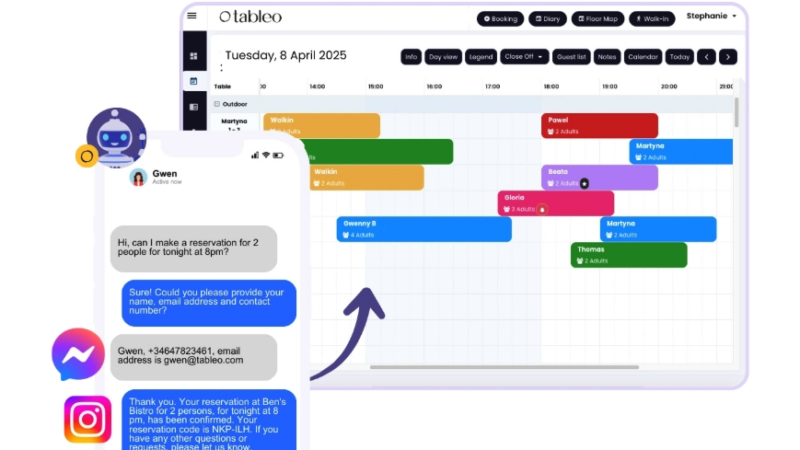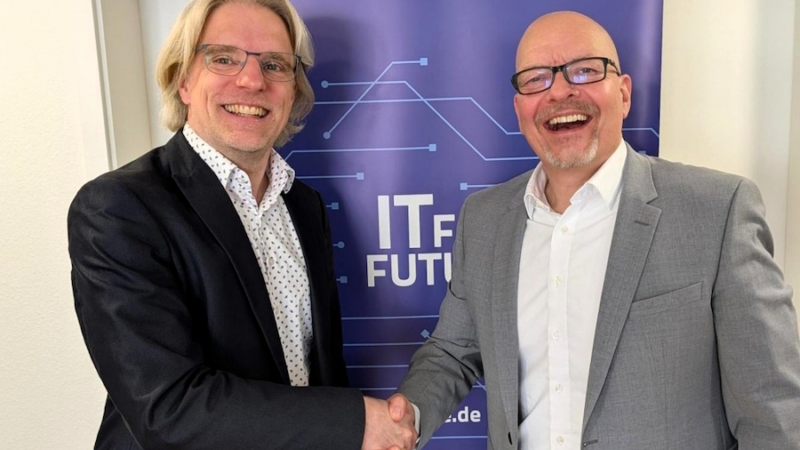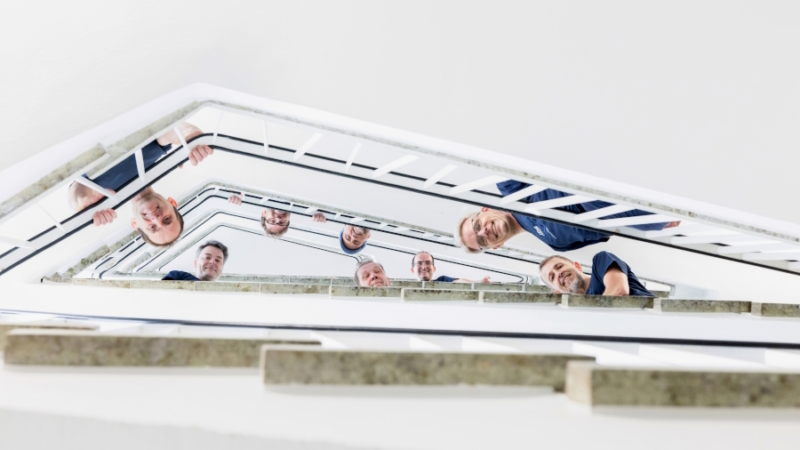G&D CEO, Roland Ollek, contemplates if there is an acceptable alternative to uncompressed video systems in the air traffic control room.
Few workplaces have higher standards or more stringent regulations than the ATC control room. With human life at stake, it“s no place to cut corners or make any kind of error. For the ATCOs who work there, it is a highly strenuous job requiring the highest levels of concentration with multi-tasking skills. Therefore perfect working conditions are an absolute necessity. To work effectively, ATCOs need accurate information – e.g. if trajectories on a radar screen are crossing on different levels, displayed in different colours to indicate different parameters, this visual information needs to be crystal clear and absolutely reliable.
The work in the control room involves constantly staring at a computer screen which can be detrimental to health. First of all the heat and noise generated by the computers themselves can be stressful and a distraction. KVM systems can solve this issue by moving computers out of the control room whilst ensuring remote operation in real-time. Another health aspect is the Computer Vision Syndrome (CVS) with its symptoms of headaches, blurred vision, neck pain and eye strain underlines the need for providing the highest levels of video quality. So if using a KVM system this maximum level of video quality has to be ensured.
An uncompressed ideal
KVM systems allow computers to be moved out of the ATC control room and into a dedicated technical centre whilst ensuring remote operation in real-time. With computers out of the control room, noise and heat follow along with the computer maintenance engineers. There“s more safety too as KVM is custom-made for redundancy concepts.
There is a choice of systems available and the major difference lies in the video transmission. Some systems transmit the available information pixel-by-pixel and in real-time – this is called an uncompressed transmission. In use, these KVM systems operate between the computer and the workplace and act „transparently“- what comes in is what goes out. This is because uncompressed systems provide the high bandwidth necessary to forward the entire incoming video from the computer“s graphics adaptor to the display. The transmission is pixel-by-pixel perfect, transparent, uncompressed and absolutely lossless. However, the higher the video resolution, the more bandwidth is required so more demand is placed on the transmission system, making it more costly. Therefore the result is absolutely reliable and at the maximum quality. The ATCO does get to see every any single pixel that the computer system can provide.
The legal component
The highest video quality is also an essential for the majority of ANSPs that record ATC communications. If an issue should occur, this recorded material is used as a clarification of events. But for a true „recording at the glass“ the recorded quality has to correspond exactly with what the ATCO has seen, so it does not become questionable as evidence. When recording takes place remotely in the technical area but the video displayed at the CWP is transmitted via a KVM system – only uncompressed systems guarantee the reliability for referential integrity.
Is compression a viable choice?
Depending on the application and on the quality achieved, video compression has many advantages. First among these is lower bandwidth which in turn allows for lower spec (and cheaper) components and easier ways of further handling the signals, especially via matrix systems. Matrix systems allow complex switching of the signals. Many computers and consoles are connected to a central matrix switch which allows cross-wise access. This can be seen as kind of a bottleneck as the switch has to handle all the video and further signal streams at a time. But with the lower bandwidth of compressed video, such bottlenecks can be solved – whilst taking into account a slightly reduced video quality.
At G&D, along with our uncompressed KVM solutions we“ve also developed systems using our own compression algorithm. Working with G&D High Dynamic Image Processing Level 3, these also provide a pixel perfect video result and are suitable for ATC use, too. However, compressed or uncompressed, all of our systems are thoroughly tested and produced according to ISO 9001 standard, which is supported by decades of experience providing installations for the ATC sector. Yet for compressed systems we have to admit: what commonly is called visually lossless – the term itself already implies it – contains certain losses though.
Is it worth it?
The primary reason for choosing a compressed system over an uncompressed one is cost. The question is, should cost be a factor in the critical environment of the ATC control room? When human life is at risk not to mention the health and careers of those who work in such an environment, the slightest cut in quality, efficiency or standards becomes very difficult to justify. There is a difference between compressed and uncompressed video. The risk may be minimal with compressed and for sure the financial costs are less but it only takes one mistake for a severe incident to occur. The cost of that could be incalculable in financial and human terms too. So if you really have no alternative and an uncompressed system is beyond your budget, make sure you go for the very best compressed system available!
Die Guntermann & Drunck GmbH ist ein führender deutscher Hersteller digitaler und analoger High-End-KVM-Produkte für Kontrollräume aus der Flugsicherung, dem Broadcast, der Industrieprozesskontrolle sowie für maritime Anwendungen. Mit einem breiten Spektrum an KVM-Extendern, -Switches und -Matrixswitches bietet G&D seinen Anwendern das wohl größte verfügbare KVM-Produktportfolio auf dem Markt, das miteinander kompatibel und untereinander kombinierbar ist.
KVM-Produkte von G&D optimieren den IT-Einsatz und verbessern die Arbeitsbedingungen für Mensch und Maschine. Sie sind die stillen Unterstützer im Hintergrund, leistungsstark und jederzeit einsatzbereit. Durch kurze Kommunikationswege und die Bündelung aller Kernkompetenzen wie Entwicklung, Produktmanagment, Vertrieb, Marketing und Produktion unter einem Dach, begleitet G&D seine Kunden von der technischen Erstberatung, über die anwendungsspezifische Unterstützung vor Ort bis hin zum After-Sales-Support aus einer Hand.
Unabhängig davon, wie unterschiedlich die Rahmenbedingungen einzelner KVM-Installationen sind, eines haben sie gemeinsam: den Bedarf an robusten, zuverlässigen, benutzerfreundlichen und intuitiv zu bedienenden KVM-Produkten zu sichern. Und das mit der G&D-typischen Qualität, die zu Recht das Siegel „Made in Germany“ trägt.
G&D – if it’s KVM.
Kontakt
Guntermann & Drunck GmbH
Jochen Bauer
Obere Leimbach 9
57074 Siegen
004927123872-100
004927123872-120
sales@gdsys.de
http://www.gdsys.de






